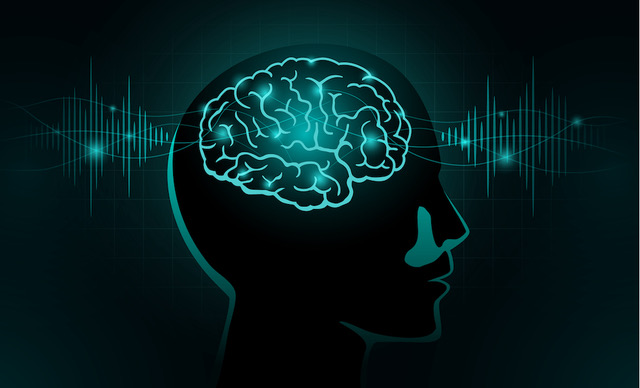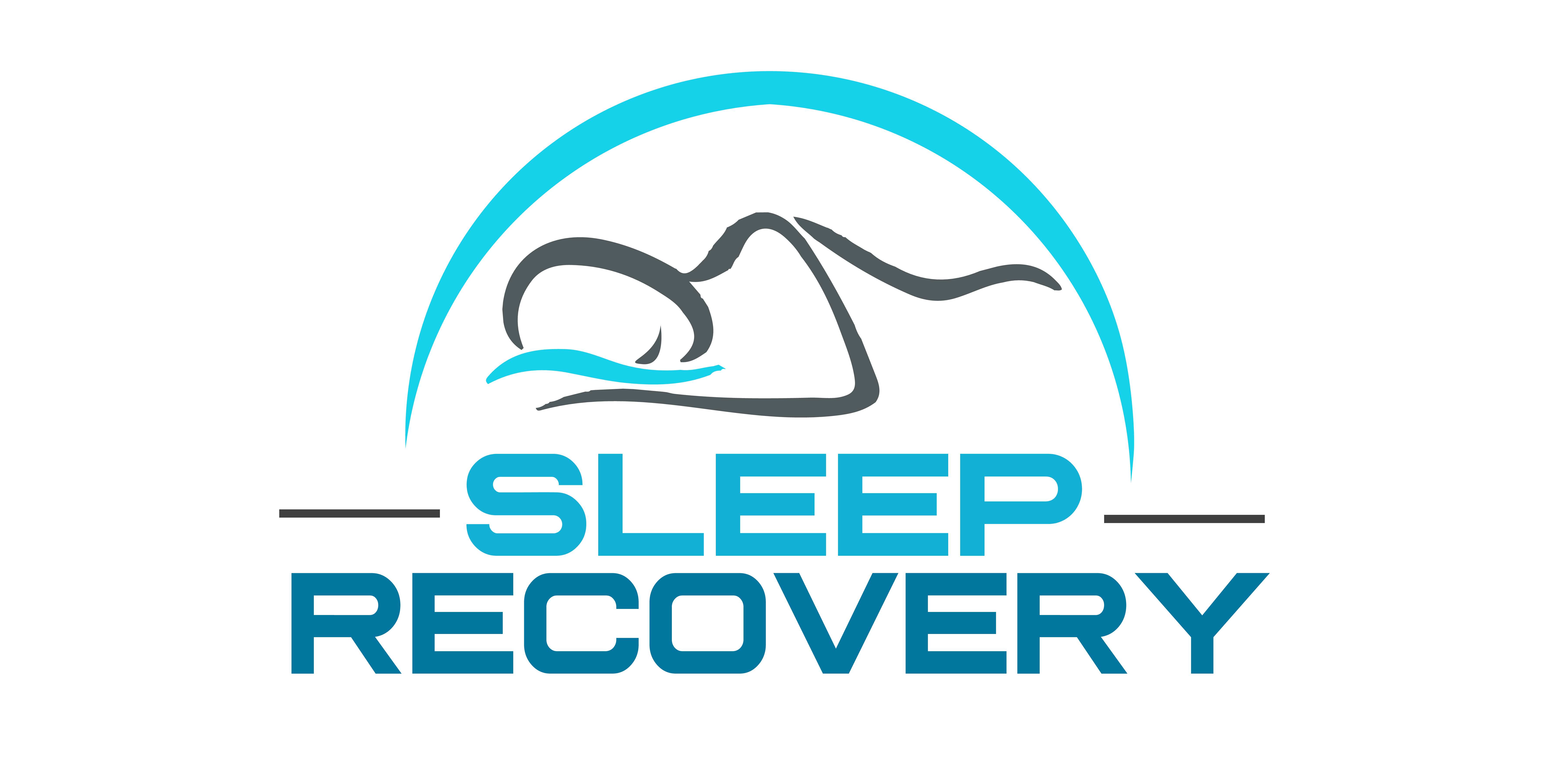Are Sleep Disorders Genetic?

The Hidden Patterns of Family Sleep Struggles
We have ever wondered why insomnia seems to run in families. It’s not just your imagination. While we’ve long known that some sleep disorders have genetic links, emerging research suggests something even more fascinating: we might actually “inherit” our parents’ brain wave patterns, particularly those affecting sleep and anxiety.
During sixteen years of clinical experience, Sleep Recovery has noticed something remarkable – an overwhelming majority of clients report that their parents or grandparents also struggled with sleep. This isn’t just a coincidence. The pattern tells us something profound about how sleep disorders pass through generations.
The Brain Wave Inheritance
Understanding Neural Pattern Transfer
Think of brain waves like a family inheritance – passed down through DNA and subtle, unconscious learning during our earliest years. Children’s developing brains naturally attune to and mirror their parents’ neural patterns, especially those controlling:
- Sleep regulation
- Anxiety responses
- Stress processing
- Emotional management
- Rest-activity cycles
This “neural downloading” happens silently, creating sleep patterns that can persist for decades.
The Generational Impact
More Than Just Bad Habits
Research reveals multi-generational patterns:
Pattern Transfer
- Sleep onset tendencies
- Night waking habits
- Anxiety responses
- Stress manifestation
- Recovery mechanisms
Children often unknowingly adopt their parents’ sleep struggles, creating a cycle that can span generations.
Breaking the Pattern
Rewiring Inherited Sleep Disruption
Sleep Recovery’s innovative approach targets these inherited patterns through:
Neural Retraining
- Custom brainwave modification
- Pattern interruption
- New neural pathway development
- Sleep architecture rebuilding
- Family pattern recognition
Their unique program helps clients understand and reshape these inherited tendencies, often breaking cycles that have persisted for generations.
Client Experiences
Brighton, a software developer, discovered his family’s sleep pattern during treatment: “Looking at old family photos, everyone had the same tired eyes. I was told that my grandad has horrible struggles with insomnia, so much so, that he committed suicide by parking his Model T Ford on the railroad tracks to make it look like an accident”
Mackenzie shares a similar revelation: “Finding out about inherited brain patterns was like solving a puzzle. My whole maternal line struggled with anxiety and sleep. Through amplitude-based brain training for both me and my kids, I’m finally writing a different story for my own children.”
Sleep Recovery‘s Pioneering Approach
Transforming Family Sleep Patterns
Sleep Recovery’s breakthrough methodology includes:
Assessment Innovation
- Family sleep history mapping
- Neural pattern identification
- Generational trend analysis
- Pattern modification planning
- Progress tracking systems
Their revolutionary program helps:
- Identify inherited patterns
- Create new neural pathways
- Establish healthy sleep architecture
- Break generational cycles
- Build sustainable change
Understanding Your Sleep Heritage
Recognizing Family Patterns
Key indicators include:
- Multiple generations of poor sleepers
- Similar anxiety manifestations
- Shared stress responses
- Comparable sleep difficulties
- Common coping mechanisms
The Science Behind Pattern Transfer
How Sleep Problems Pass Through Generations
Research shows several mechanisms:
Transfer Methods
- Neural mirroring in childhood
- Stress response learning
- Sleep behavior modeling
- Emotional processing patterns
- Circadian rhythm adaptation
Breaking Free
Creating New Sleep Patterns
Essential steps include:
- Pattern recognition
- Neural retraining
- Habit modification
- Environment optimization
- Support system development
Frequently Asked Questions
Q: If insomnia runs in my family, am I destined to have it? A: No, someone’s inherited patterns can be modified through proper intervention and neural brain retraining.
Q: How does Sleep Recovery help with inherited patterns? A: It helps create new, healthy brain wave patterns, effectively “rewriting” inherited sleep tendencies.
Q: Can I prevent my sleep problems from passing on to my children?A: Yes, addressing your sleep patterns helps break the generational cycle.
Q: How long does it take to change inherited patterns? A: Most clients see significant changes within weeks, with lasting transformation over time.
Q: Can multiple family members be treated together? A: Understanding and addressing family patterns can enhance treatment effectiveness.
Moving Forward
Creating Your Sleep Legacy
Breaking generational patterns requires:
- Understanding your sleep heritage
- Committing to change
- Utilizing proper tools
- Maintaining consistency
- Building new patterns
Conclusion
By comprehending our genetic history of how we carry the struggles of our forefathers and mothers, the doors open for pathways to new treatments. Recognizing and addressing these generational patterns can break cycles that have persisted for decades. Through innovative approaches like Sleep Recovery’s program, it’s possible to create new, healthy sleep patterns that benefit current clients and future generations.
References
-
Harvard Medicine: Sleepless Genes. https://hms.harvard.edu/news/sleepless-genes
- NIH: The Role of Genes in the Insomnia Phenotype. https://pmc.ncbi.nlm.nih.gov/articles/PMC3780427/
-
American Academy of Sleep Medicine: Twin study suggests genetic factors contribute to insomnia in children, teens. https://aasm.org/twin-study-suggests-genetic-factors-contribute-to-insomnia-in-children-teens/
- ACAMA: Are some children genetically predisposed to poor sleep? A polygenic risk study in the general population. https://acamh.onlinelibrary.wiley.com/doi/10.1111/jcpp.13899
The path to better sleep might start with understanding your family’s sleep story, but it doesn’t have to end there. With the right approach and support, breaking free from inherited patterns is possible.
